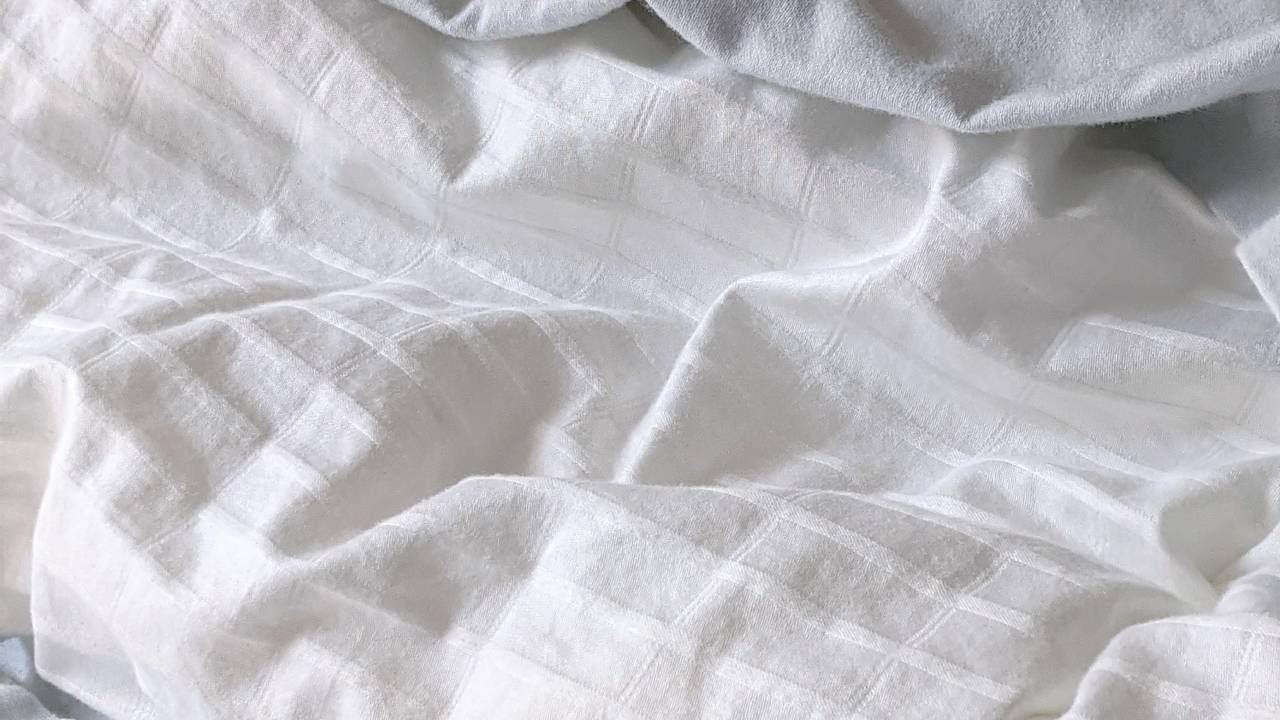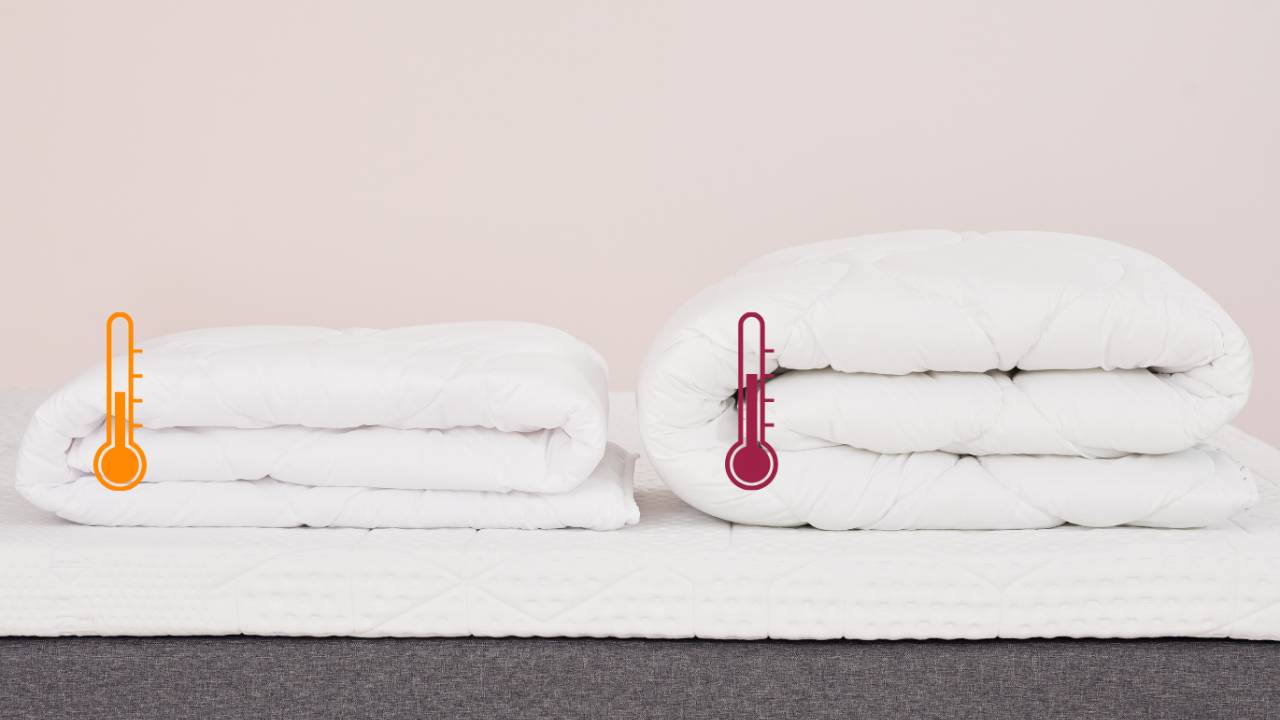
As spring continues to (slowly!) arrive, it’s time to ditch your winter bedding and swap to your spring/summer duvet. Having the wrong duvet or sheets result in an uncomfortable night’s rest, so it’s important to have the best duvet and the best bedding to create a cosy sleep environment all year round.
During the summer months, people tend to swap to lighter sheets, duvets and blankets to accommodate the hot weather. But one of the trickiest things about spring – mainly because of the cold spells, hot bursts and April showers – is that you’re never quite sure when to swap out your winter bedding or clothes for spring/summer options.
To help you find the right time to swap your summer bedding, James Higgins, CEO of Ethical Bedding and Lydia Lloyd, Textile Designer at M&S Home have given us the exact date of when you should switch your duvet and tips on how to get your bed ready for spring.
When should I switch to a cooler duvet for spring?
After studying UK temperature statistics from the past few years, James Higgins has found the exact date to upgrade to a cooler sleep set-up… and it’s sooner than you think.
“According to statistical data, the average daily temperatures from March to April over the last 8 years has seen a 28% increase in heat when moving into the month of April,” says Higgins. He also found that in 2022, “the first week moving from March to April showed an 18% increase in average daily temperatures.”
Based on these figures and historical weather routines, the question remains: when should you change to a cooler duvet? Higgins suggests that people should make the swap on the second weekend of the month which is Saturday 15th April 2023. So, if you’ve been thinking about changing your duvet during your annual spring clean, this weekend (at time of writing) is the perfect time to do it.
Having said that, there are many factors to consider before you switch. For example, if you feel the chill when you sleep, you might want to hold on to your winter duvet a bit longer. The size and shape of your bedroom, as well as the type of ventilation it gets, will also determine when you should make the change. In general, if you’re feeling hot during the night and when you first wake up in the morning, this is a good sign that it’s time to switch to a lighter duvet.
But what about the cold snaps you get in spring, I hear you cry?! Lydia Lloyd suggests that “if a cold snap comes after you’ve made the switch, try adding a thicker fleece throw to your bedding or alternatively, opt for fleece-lined bed sheets and pillows to add an extra layer of warmth without needing to change your duvet.”

What tog should my duvet be for spring/summer?
What separates a spring/summer duvet from an autumn/winter duvet is its tog. A duvet tog rating measures how effectively it insulates heat. Tog rating starts from 1-15, with 1 being the lowest and 15 being the highest. If your duvet has a low tog rating, this means it doesn’t retain much heat so it’s cooler and better suited to hotter weather. If your duvet has a high tog rating, it’ll be thicker, heavier and warmer, something you want during the colder months of the year. For more details on how to find the right duvet for you, check out our duvet size guide.
For spring/summer, pick a duvet with a low tog rating. Both Higgins and Lloyd suggest choosing a duvet with a tog between 4.5-7 to help with temperature control. If you find this tog is still too warm for you, many retailers recommend choosing a 2.5 tog duvet as it’s lighter for hot sleepers and better for the high summer heat.
What type of bedding should I choose for spring?
If you don’t want to invest in a new duvet for the different seasons, you can keep yourself cool during spring/summer with your choice of bedding. The best type of sheets for spring should be light and breathable, so you can better regulate your body temperature and avoid hot and sweaty sleepless nights.
Higgins suggests staying away from “bedding made from flannel, fleece or cotton-sateen” as these materials retain heat for longer periods of time. Instead, opt for linen or bamboo sheets as they’re more breathable, cooling and “pull moisture away from the body into the fibres of your bedding, so you can stay cool throughout the night.”




!["[T]he First and Fifth Amendments Require ICE to Provide Information About the Whereabouts of a Detained Person"](https://images.inkl.com/s3/publisher/cover/212/reason-cover.png?w=600)


